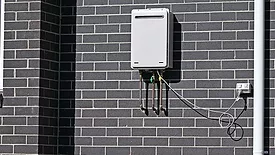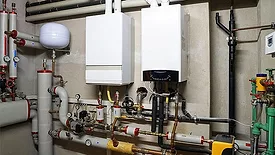Home » best practices
Articles Tagged with ''best practices''
Installing vents correctly is essential for the efficient and safe functioning of tankless water heaters.
Read More
10 best practices for installing heat pumps
As heat pump adoption grows, plumbing contractors need to understand the basics of how to install and service products.
July 19, 2023
SIM from spec to execution: Sites are like snowflakes — no two are alike
8 considerations to plan and install today’s snow- and ice-melt solutions.
September 20, 2022
A look at linear drains
Guidelines to determine the correct product and installation choice for your application.
September 15, 2022
Installing and servicing CPVC the right way
Most common installation mistakes and how to avoid them.
August 15, 2022
The Boiler Room
Ray Wohlfarth: Installing a trouble-free condensing boiler
A high-efficiency boiler replacement requires additional planning.
February 7, 2022
Best practices for CPVC installation
Follow these solvent-welding steps to properly install a reliable CPVC plumbing system.
December 21, 2017
Nexstar Super Meeting celebrates 25 years
Silver Gala helps mark quarter-century anniversary in Washington DC
September 27, 2017
Keep your content unclogged with our newsletters!
Stay in the know on the latest plumbing & piping industry trends.
JOIN TODAY!Copyright ©2025. All Rights Reserved BNP Media.
Design, CMS, Hosting & Web Development :: ePublishing












